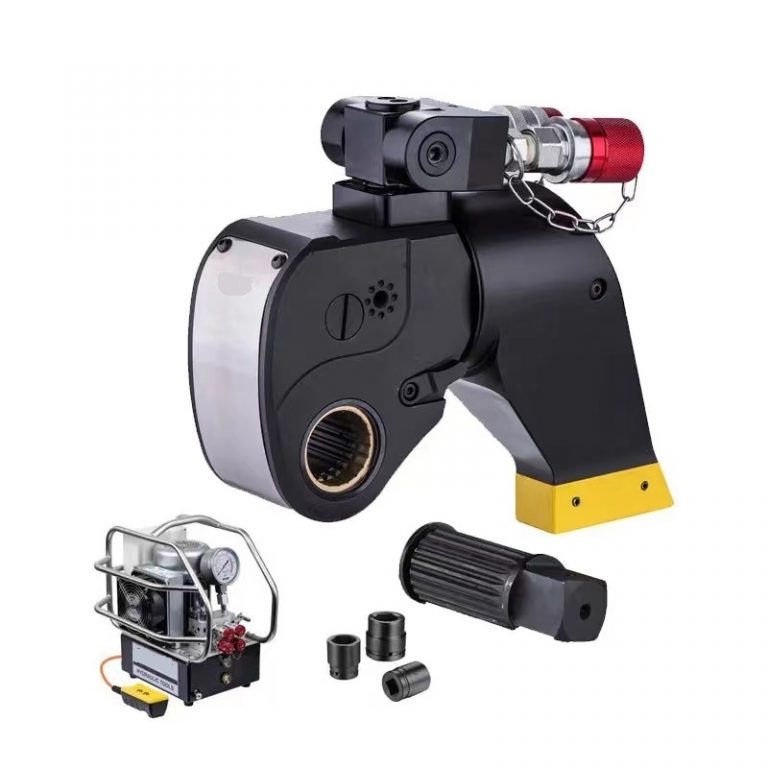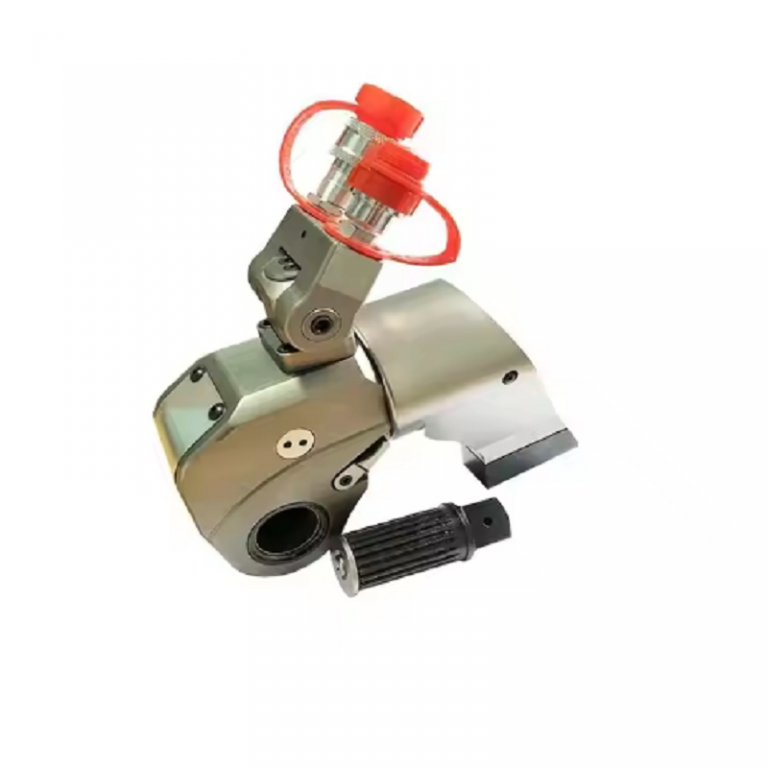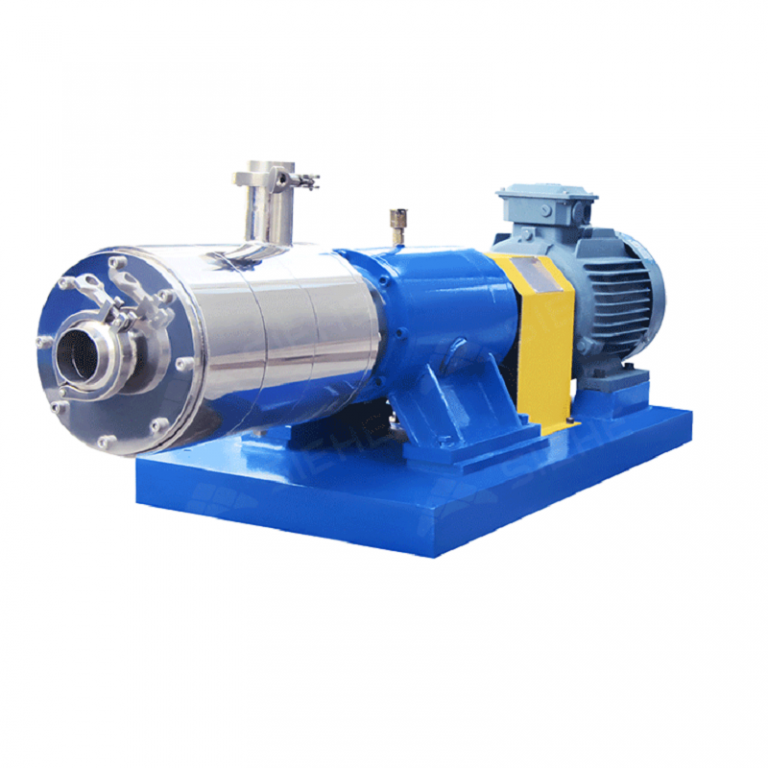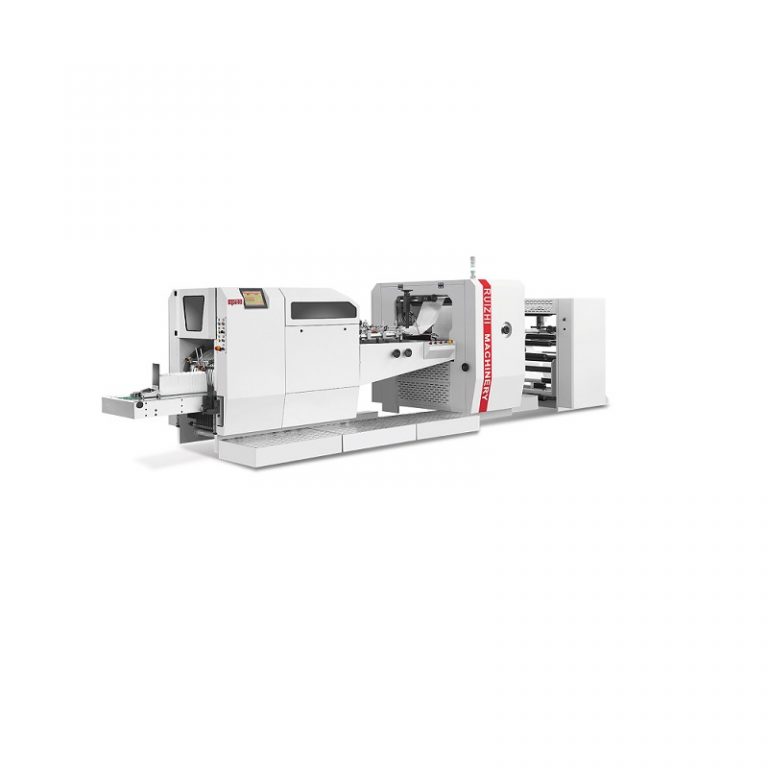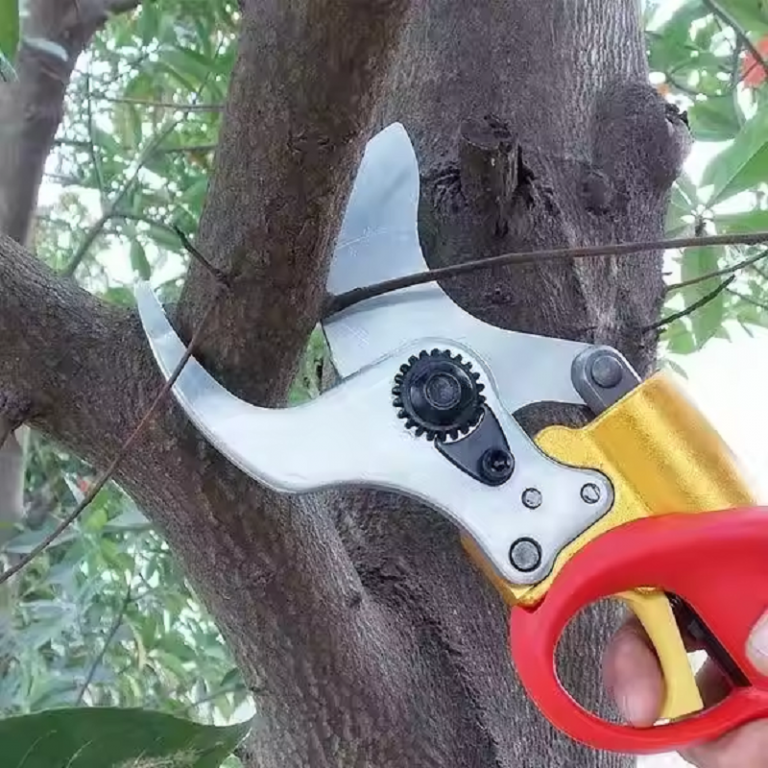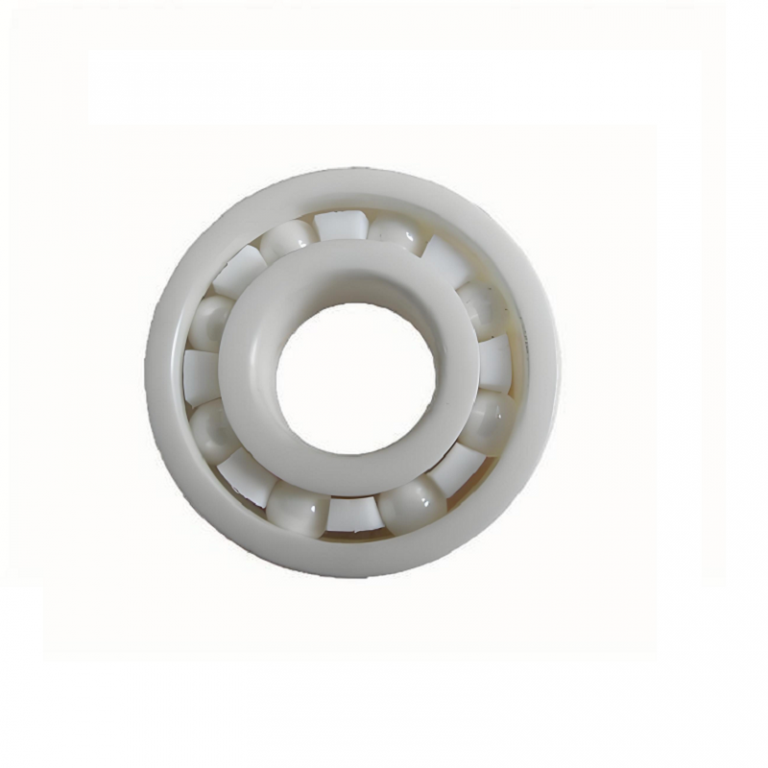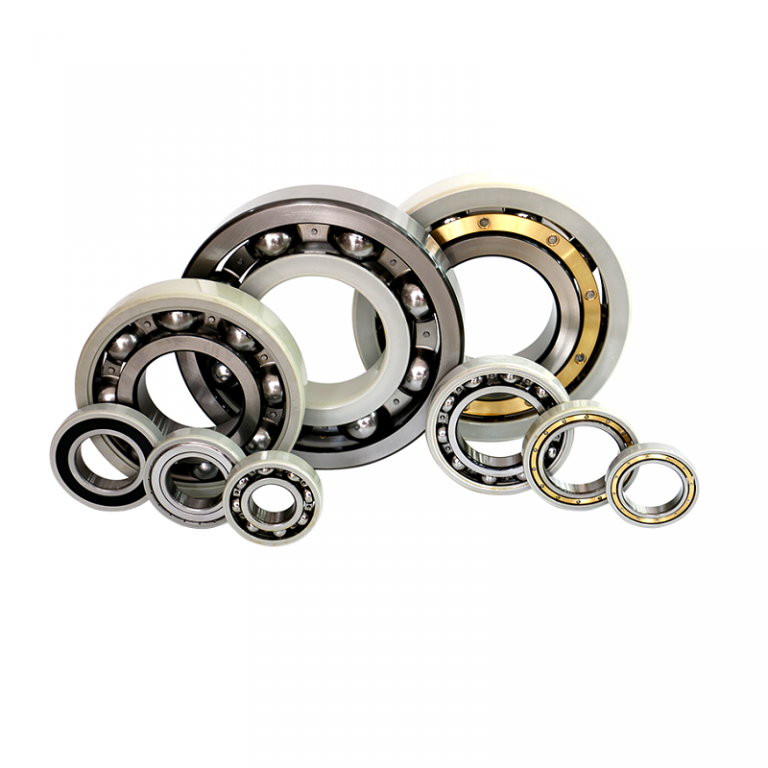What are the technical difficulties of a paper bag machine?
A fully automatic paper bag machine (especially those from China) integrates multiple complex systems — mechanical, electrical, pneumatic, and control — into one continuous production line. Below are the main technical difficulties such machines face, from an engineering and manufacturing standpoint: 1. Precision Synchronization of Multiple Stations Issue: A flat-bottom or square-bottom paper bag machine integrates feeding, printing, gluing, folding, forming, bottom opening, and stacking — all in one continuous process. Technical challenge:Achieving precise timing synchronization among mechanical drives, servo motors, and PLC controls to avoid misalignment, bag size variation, or glue offset. Example: A timing error of just 5–10 ms between glue application and paper folding can cause leakage or open bottoms. 2. Servo Control and Motion Coordination Issue: Modern high-speed machines (200–400 bags/min) use 6–10 servo axes for feeding, cutting, and positioning. Technical challenge: Real-time communication between servo drives and PLC (via EtherCAT or CANopen) must be ultra-stable. Vibration damping and load inertia matching are crucial for smooth acceleration/deceleration. Chinese context: Local manufacturers often use domestic servo systems (like Inovance, Estun, or Delta) that may require fine tuning

